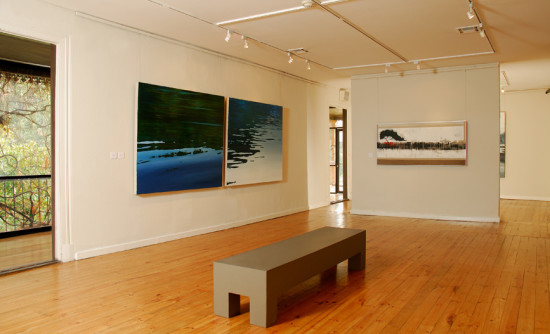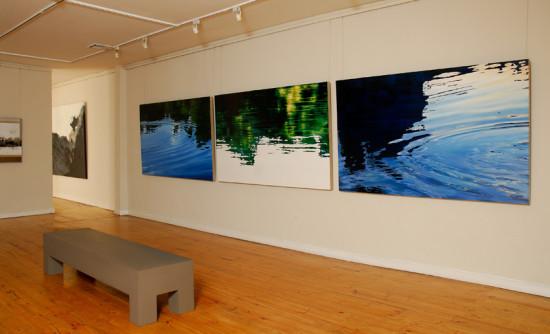The landscape and behavioral changes confronting the experience and representation.
By: Ignacio Villegas
It could be obvious, but I cannot cease mentioning this as initial point: the ways to appropriate our surroundings and understanding its process, have changed radically since Kant, towards the end of 17801, spoke about nature as the beautiful atmosphere which art is in charge of.
Beauty as formal purpose – said Kant – can be appreciated by all senses and constitutes by the same valid form, although subjective, to familiarize, further more if we know that to reach this knowledge it is by the power of judging through pleasure, which is what we identify as “taste”. The own judgment validity done in relation to our surroundings (nature, as said by Kant), created in subjective understanding, is an element enabling us to execute a piece of art. We capture the ambience and elaborate an image having the capacity of transforming experience into representation; I am not talking about figure, but solely about the act of constructing images with the load of experience that our environment offers.
The reason why I started talking about Kant and some of his “Tercera Crítica” contents is because the way of handling reality, the atmosphere or nature –as said by Kant– has suffered a perceptive alteration (Logic Phenomena) in such way that we have our visual and affective experiences to capture. This change has taken radical matters about concept validity like the beautiful, aesthetic or about the artwork’s value.
If before than photography, communication globalization and the world’s “shrinkage” through multiple journeys, we could only have the opportunity of one, or few, direct experiences with our setting; today instead, we can agree direct and indirectly to the memory of that experience several times. Multiple times. The journeys and scenery optic and digital capture allow it.
That is exactly the practice that makes Claro and Concha’s artwork constitute a relation in the moment of talking about the ways of immediate setting capturing, in the postmodern era. Years passed in which landscape painters would position their easels next to the river to paint, like one of the few opportunities of capture. Now, we perceive, capture and invent, almost like an obvious and natural procedure; some artists even download their references from the Internet, now that they do not consider as a requirement, the immediate atmosphere experience. In other words, the capacity of transforming experience into representation, and can be measured by resources beyond the own perception (in this case, visual).
Concha lived in southern Chile (2001-2007) and had more than five years to capture the landscape as experience and transfer it into her painting. In the course of its process, the photograph was simply the capture of the moment, allowing her to recreate the experience. Nevertheless, the photograph, in the construction process of María José Concha’s composition, does not enter the workroom; it is not a direct reference, or a procedural resource, it is only there to recreate –I insist– the experience gained from the visited site, when the author requires it. Alike the effect of the family album photograph.
Claro’s case is different; the image captured in the experienced moment of the landscape takes part in the composition’s construction procedure. Its capture does not pretend to recreate the experience, on the contrary, it goes beyond experience. It is a capture of shapes, colors and textures allowing recreating the visual experience of the visited prospect, through the making of masks that permit spreading and impasto.
In both cases, however, the artwork’s experience and construction are relevant subjects to comprehend:
a) The way in which two artists present the same theme, and yet take on completely different productive performances.
b) How two artists, under dissimilar images, assume a same topic (the landscape).
c) How two artists, under different technical and instrumental procedures, achieve results that begin from a similar subject (capture of the surround).
It is this interchange of similarities and differences, what finally explains the act of pertinent reflection, with regard to this exhibition, about the change that the ways of capturing our atmosphere has suffered. Because of this, the concepts of landscape, nature and reality have changed.
1 Elements included in “Crítica del Juicio” or also known as “Crítica del Discernimiento” or Tercera Crítica”, written in 1788 by I. Kant (1724–1804) and published in 1876.


